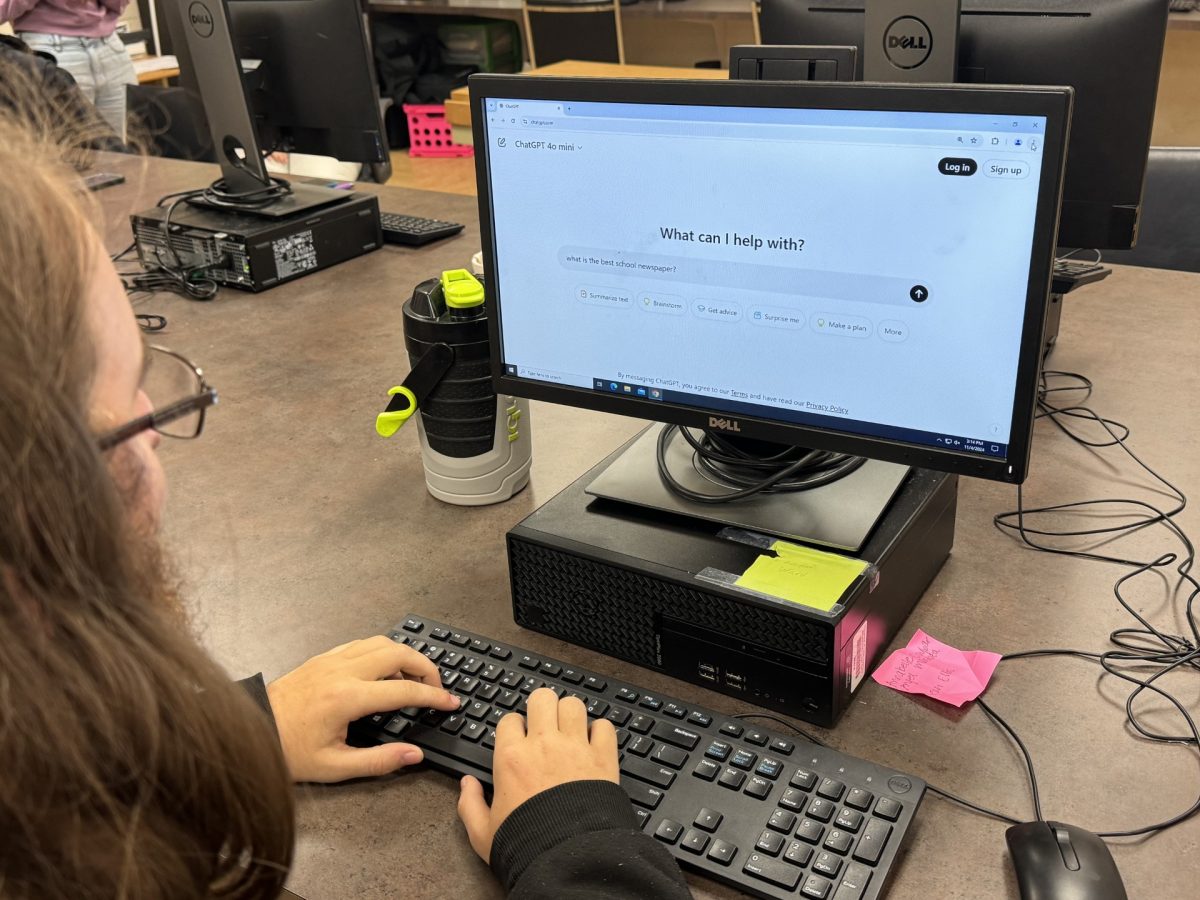High school is tough; no matter if you’re a social butterfly or an academic overachiever, everyone struggles at one point or another. Many of these struggles, however, go unnoticed. One commonly ignored problem often occurs in the lunchroom.
A growing epidemic in American high schools, eating disorders, are often ignored by not only the people who have them, but also everyone around them. In the U.S. alone there are approximately 28.8 million people with eating disorders, and that’s only those who have been diagnosed. Nearly 80% of EDs go undetected.
One of the main reasons people don’t recognize EDs is because the diagnosis didn’t become common until the 1970s. Another reason EDs are difficult to identify is because they are complicated to diagnose. EDs are a mental illness, which means are unlikely to recognize them during regular doctors’ visits.
Having an ED doesn’t just consist of having an unhealthy body weight; people with EDs can have different body types and sizes. There are many different symptoms, some specific to the type of ED. Anorexia, bulimia, and binge-eating are most common EDs.
Anorexia is an ED categorized by an unhealthy low body weight and extreme fear of gaining weight. Another common type of ED is bulimia, which includes episodes of binge eating and severely limited eating for long periods of time. Other signs of eating disorders include excessive exercise and dieting, avoidance of certain foods or food groups, and feelings of loss of control when eating.
Despite eating disorders not being commonly addressed, it is important to be aware of the dangers of EDs. This is a condition that can become life threatening, and though no one knows the precise cause of EDs they have been linked with certain mental psychological and medical issues such as: anxiety, depression, and substance abuse.
People who have eating disorders often feel alone and out of control about their condition. It has been proven that building a higher self-esteem can help those struggling to push through. You can help anyone with an ED by promoting a positive body-image and assuring them they are not defined by their appearance. If they need help encourage them to reach out to those around them or even, contact the Eating Disorders Helpline.
For more information about types of eating disorders and warning signs and symptoms of EDs, one can view these websites:
https://www.beateatingdisorders.org.uk/get-information-and-support/about-eating-disorders/types/
https://www.nationaleatingdisorders.org/warning-signs-and-symptoms







